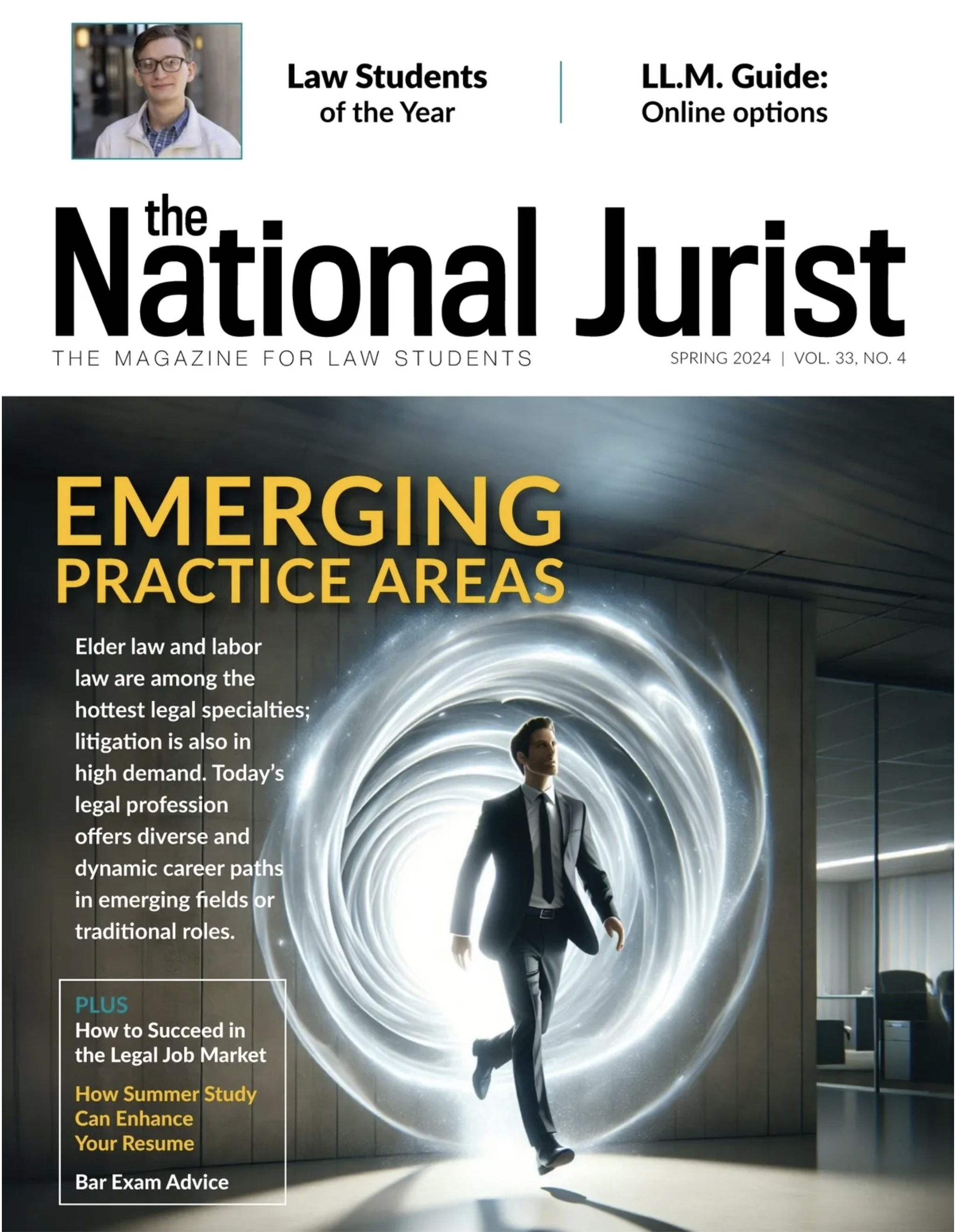The Class of 2021, like the class before it, faced considerable challenges in law school, given students navigated it during the worst of the COVID era.
But apparently there was a light at the end of their tunnel: jobs.
According to recent statistics from the American Bar Association (ABA), 83% of grads from the Class of 2021 had full-time, long-term jobs where bar passage is required or where a law degree is an advantage 10 months after graduation.
For the Class of 2020, just 77% of graduates landed such jobs. That was a decrease from the 80.6% of the preceding class—the one of 2019—a hiring drop contributed mostly to the pandemic, which has since eased.
“The higher percentage of graduates in the Bar Passage Required or J.D. Advantage jobs likely reflects a modest increase in the number of jobs nationwide, perhaps due to the legal market’s recovery from the impact of the pandemic,” said Bill Adams, managing director of ABA accreditation and legal education. “This is encouraging given there was also a 3.8% increase in the number of total graduates.”
The number of full-time, long-term jobs where bar passage is required or a law degree is an advantage increased by nearly 3,000 (+11.2%) year-over-year. Those jobs are often combined to paint the employment picture.
The most coveted jobs, though, are long-term positions where bar passage is required. For the Class of 2021, 74% landed such gigs. For the class before, the number was 69.9%. More than 50% found work in law firms, compared to 48% of those from the Class of 2020. Law firms hire the most grads annually.
James Leipold, executive director of the National Association for Law Placement (NALP), said he was not surprised by the ABA findings. NALP’s more complete employment data, when it comes out later this summer, will largely tell the same story, he said.
He also singled out COVID as the main factor for the previous year’s drop and not on a weakening job market in general. Until COVID, employment numbers had been strengthening.
“The fact that overall employment went down slightly last year for the Class of 2020 was largely the result of that class graduating into the worst of the pandemic,” he said. “Even with that class as overall employment was down, private practice employment was still up. The demand for legal services, especially from the large firms, has been very high, and law firm hiring, both entry-level, and lateral, has been super-hot.”
He expects that to continue—at least for the Class of 2022.
“Large law firms made more money in 2021 than ever before, and this entry-level job market has really been driven by strength at the top,” he said.
But Leipold cautioned that such trends are cyclical.
“The law firm boom however, like all booms, will not last forever, and the law schools have some larger classes starting to come through the pipeline, so I expect that by the time we get to the Class of 2023 we will see some downward pressure on the entry-level job market again,” he said.
As always, some schools did better than others when it comes to employment results. Reuters did an analysis and found that most of the top law schools fared best, which is not particularly surprising. Columbia Law School in New York topped all schools, with nearly 96% of grads landing full-time, bar-passage required jobs.
However, the analysis did find some interesting outliers, such as Texas Tech University School of Law in Lubbock, where more than 89% of grads landed those highly prized jobs.
How did it outperform so many schools?
“Two primary factors spurred the high employment of Texas Tech Law’s class of 2021, a strong legal job market and high-quality graduates,” said Paula Smith, the school’s assistant dean for Career & Professional Development. “While 80% of our graduates stayed in Texas, with its robust post-pandemic economy, a strong 20% joined organizations from California to Washington, DC, as every community rebounded and moved forward.”
The office played a key role as well. It spotted a dynamic in the legal hiring market.
According to Smith: “In January 2021, our Career Center noticed a significant uptick in lateral attorney recruiting, likely a response to lower hiring during the shutdowns of 2020. By early spring of 2021, employers in large numbers were recruiting for May graduates.”
So the school made a concerted effort to take advantage of the trend.
“The team recognized the January 2021 bump in lateral hiring and patiently waited for those market effects to trickle toward our 3L students/new graduates,” she said. “A shift in strategy on messaging and communication with students and employers effectively provided a conduit for hiring.”
Smith said that student participation and boldness were also key, noting how “they took action to advance their individual career launch strategies electing to apply earlier and with more confidence than other classes.”
“A strong legal job market and well-educated practice-ready graduates carried the day in employment results in 2021.”
Mike Stetz is a contributing editor for National Jurist and preLaw.







